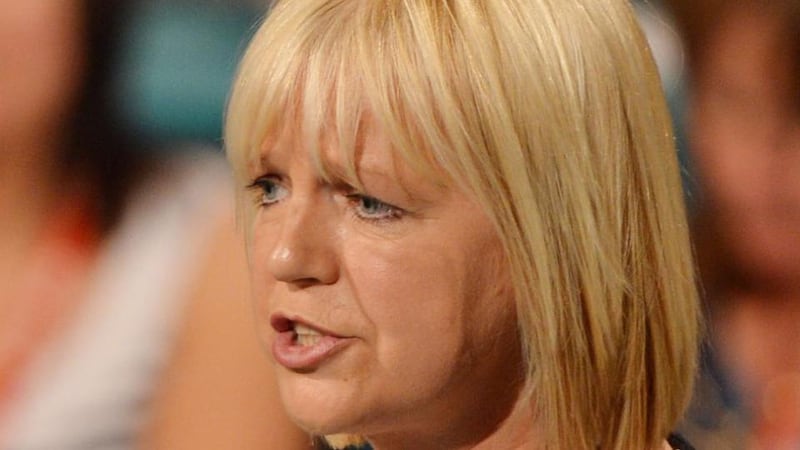It is every parent’s nightmare: your child has just had a serious accident and yet when you dial 999 you are told no ambulance is available or that one will be slow in arriving.
For all the failings of the health system, it seems unlikely that such a critical link in providing care would break completely, and yet a string of recent events has provoked fears in some areas that the ambulance service has been stretched beyond breaking point.
The most prominent involved the death last month of two-year-old Vakaris Martinaitis from Midleton, Co Cork, after a fall from a window. It was originally alleged that no ambulance was available to transport him to hospital. The incident is under investigation but the National Ambulance Service now says an ambulance was initially dispatched to attend to the child but was stood down minutes later for reasons that remain unclear.

'Unacceptable'
Also in Cork, local Sinn Féin TD Sandra McLellan says it is unacceptable that a badly injured young person who was assaulted in Youghal over the May bank holiday weekend had to wait more than 50 minutes for an ambulance to take him to hospital.
In March, there was controversy over the length of time it took to respond to a call after a toddler fell into a local river in Midleton; it was claimed it took 45 minutes for an ambulance to arrive but in fact the time involved was 19 minutes.
What is clear is that the service is failing to meet targets for response time across the State, though the problem is worst in the west. According to its targets, advanced paramedics, paramedics or cardiac/ emergency first responders should reach the scene in under eight minutes but this was not achieved in any of its operational areas last year.
Before the creation of the HSE a decade ago, ambulance services were organised locally. Now they work on an area and national basis rather than locally.
Minister for Health James Reilly regularly responds to queries from local TDs by saying the service is a dynamic rather than a static service, with vehicles moved about within an area according to emergency needs.
But even Reilly admits this requires adequate resources, and with the budget shrinking that means new staffing arrangements. The Labour Court last year opened the way for the HSE to introduce new rosters and start removing overtime that was built into the rosters. Paramedics are now "on shift" rather than "on call" and they work across historic service boundaries.
A further €2 million in savings are envisaged this year.
Centralised structure
The phasing out of nine local ambulance control bases in favour of a centralised command structure in Tallaght, Dublin, and Ballyshannon, Co Donegal, has not gone down well in some parts of the State. Independent TD Michael Healy-Rae says centralising services is "crazy", because staff do not know the terrain in a particular area.
Yet emergency doctors have welcomed the changes as being in line with best practice and recommendations by the Health Information and Quality Authority.
Another recurring problem has been the extent to which ambulances are used for routine services such as transferring non-critical patients from one hospital to another. Since last year, non- emergency transport has been organised through a national intermediate care service, but this has not yet been implemented across the State.














